The trouble with many types of fall-planted bulbs is that they have to overwinter in the ground. That’s a time of year when rodents have less to eat. But many of the bulbs we love the most, many traditional and classic favorites, are like a salad bar for rodents in winter, a salad bar that brings moisture when it might be scarce, too.
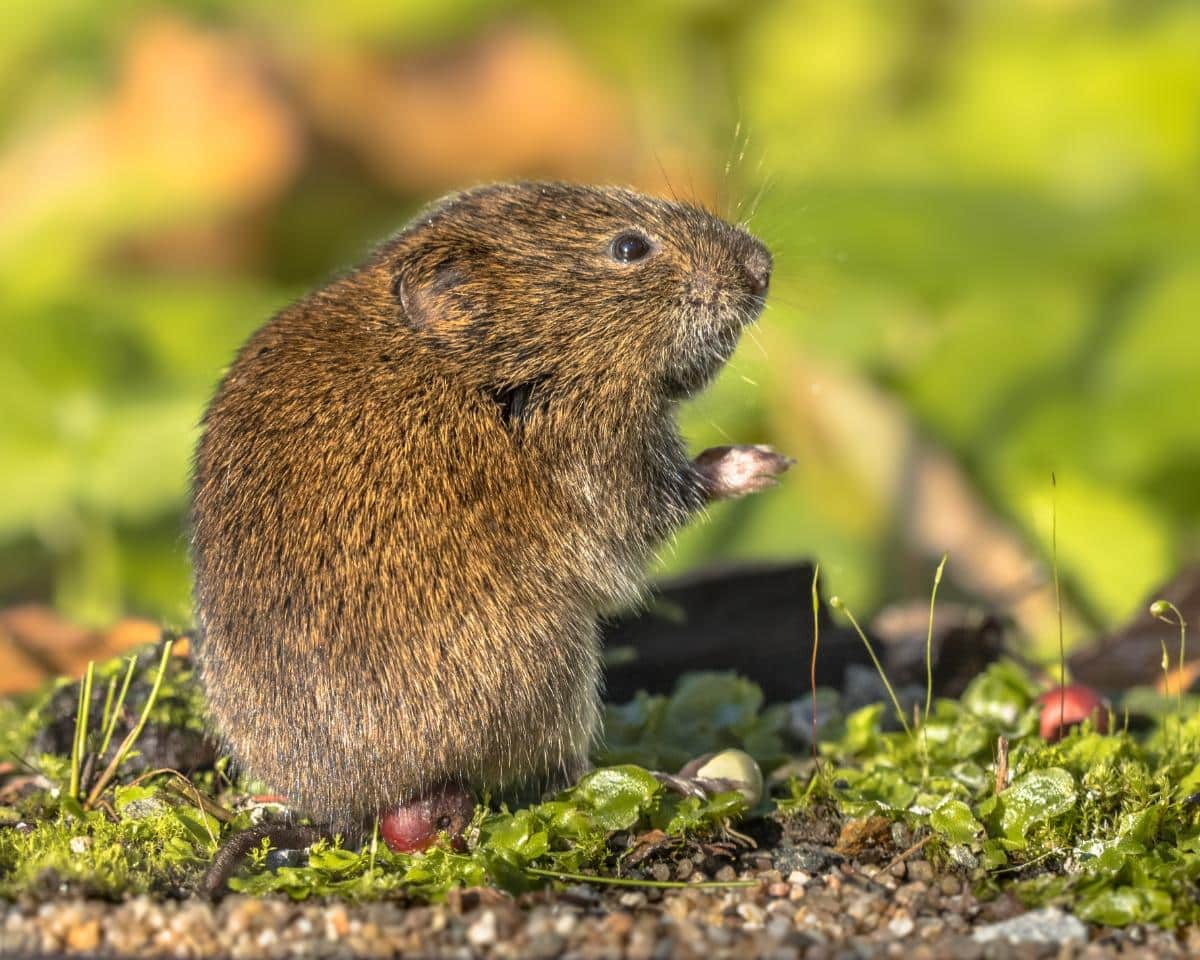
Tulips, crocuses, and lilies, among others, are often rodent targets.
So what’s a gardener to do? How can you protect the overwintering bulbs that you’re counting on to pull you out of the winter blues and into the beauty and color of spring?
If rodents present a persistent problem, try one or more of these DIY ways to protect them.
Jump to:
- Who Loves a Good Overwintering Bulb?
- 9 Ways to Repel and Block Rodents from Damaging Overwintering Blooms
- 1. Plant Rodent Resistant Bulb Varieties
- 2. Plant in Mixes With Resistant Bulbs for Protection
- 3. Put Grit or Sharp Shells In Planting Holes
- 4. Surround Individual Bulbs with Chicken Wire
- 5. Lay Barriers Like Chicken Wire Over the Bulb Bed
- 6. Use Hot Pepper Flakes
- 7. Plant in Bulb Boxes
- 8. Make Mesh Baskets to Protect Roots and Bulbs from the Bottom Up
- 9. Use Predator Urine or Repellents
- Combined Solutions Make the Best Bulb Protection
Who Loves a Good Overwintering Bulb?
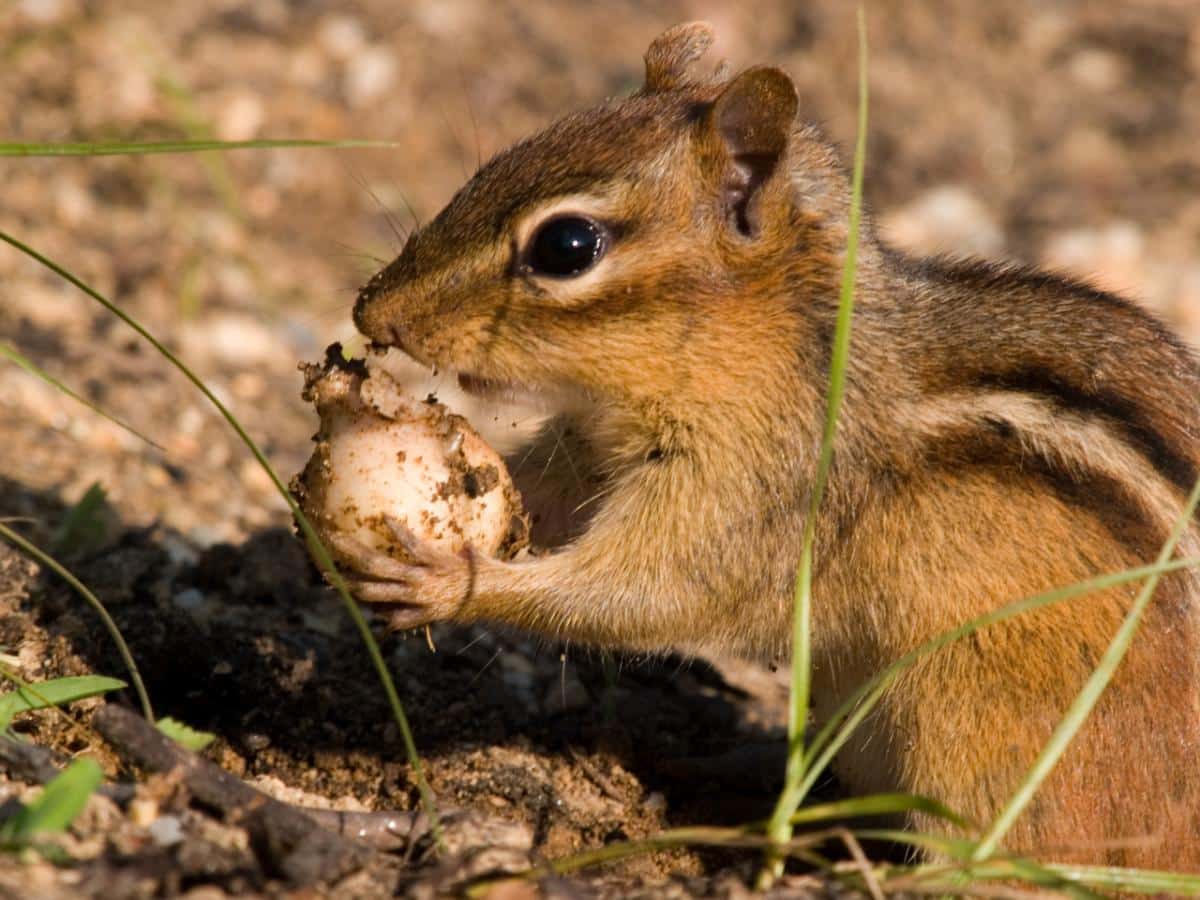
What are the common offenders? Who are the rodents that commonly attack and eat overwintering bulbs in the ground?
The common offenders include some who dig up the bulbs to eat them, some that pull them down into the ground, some that make a meal of the roots, and some that make bulb-destroying tunnels.
The biggest problems come from squirrels, chipmunks, voles, and gophers. Moles don’t really eat the bulbs (they eat grubs), but they do make tunnels that opportunistic mice and others use, so they’re something of a problem, too.
With a little work and planning, you can foil them all.
9 Ways to Repel and Block Rodents from Damaging Overwintering Blooms
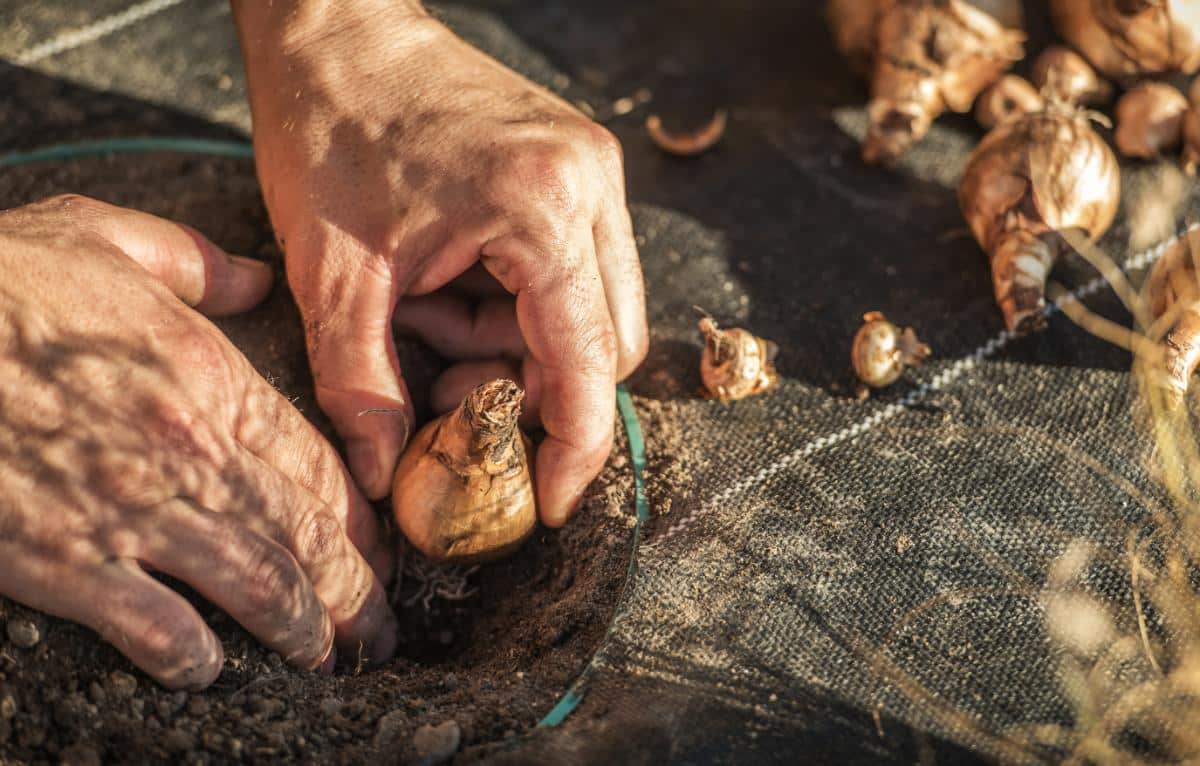
There are several ways you can deter rodents from eating your bulbs. Your plan of attack can include repellents or barriers. Or both! If the problem is serious enough, putting more than one of these measures to work for you might be a wise idea.
These options are simple to use. We’ve selected child and pet-safe options. These are not overly expensive (some are quite cheap), but they will protect the investment you have into your spring-blooming bulbs.
1. Plant Rodent Resistant Bulb Varieties
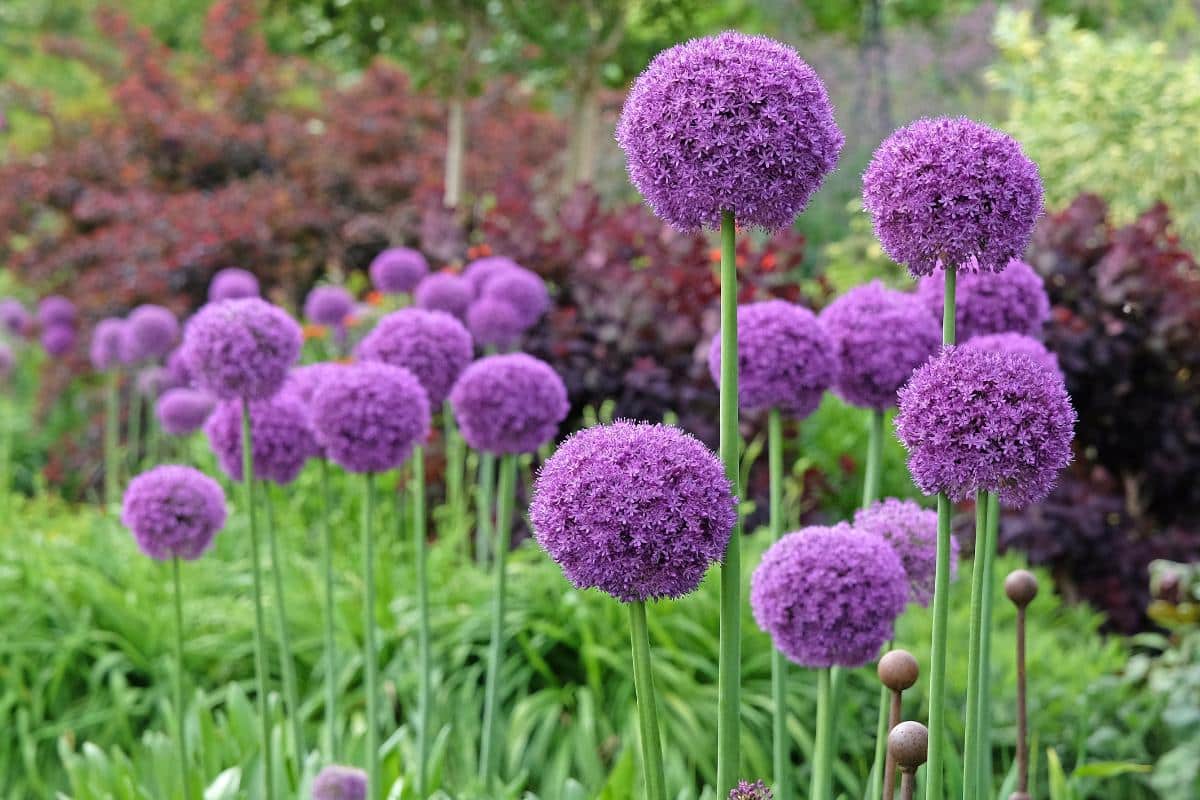
If you can’t keep rodents out of your bulb beds, beat them at their own game by not giving them what they want. Many of the bulbs and flowers we love the best are not that attractive to rodents. They don’t taste good, so they don’t bother with them.
Instead of fighting the tide, plant rodent-resistant bulbs instead.
Some good overwintering rodent-resistant types of bulbs include
- Daffodils
- Alliums
- Snowdrops
- Hyacinths
- Squill (aka scilla)
- Dutch Iris
- Muscari
- Fritillaria
Read our article on 10 Deer & Rodent Resistant Bulbs You Should Plant
2. Plant in Mixes With Resistant Bulbs for Protection
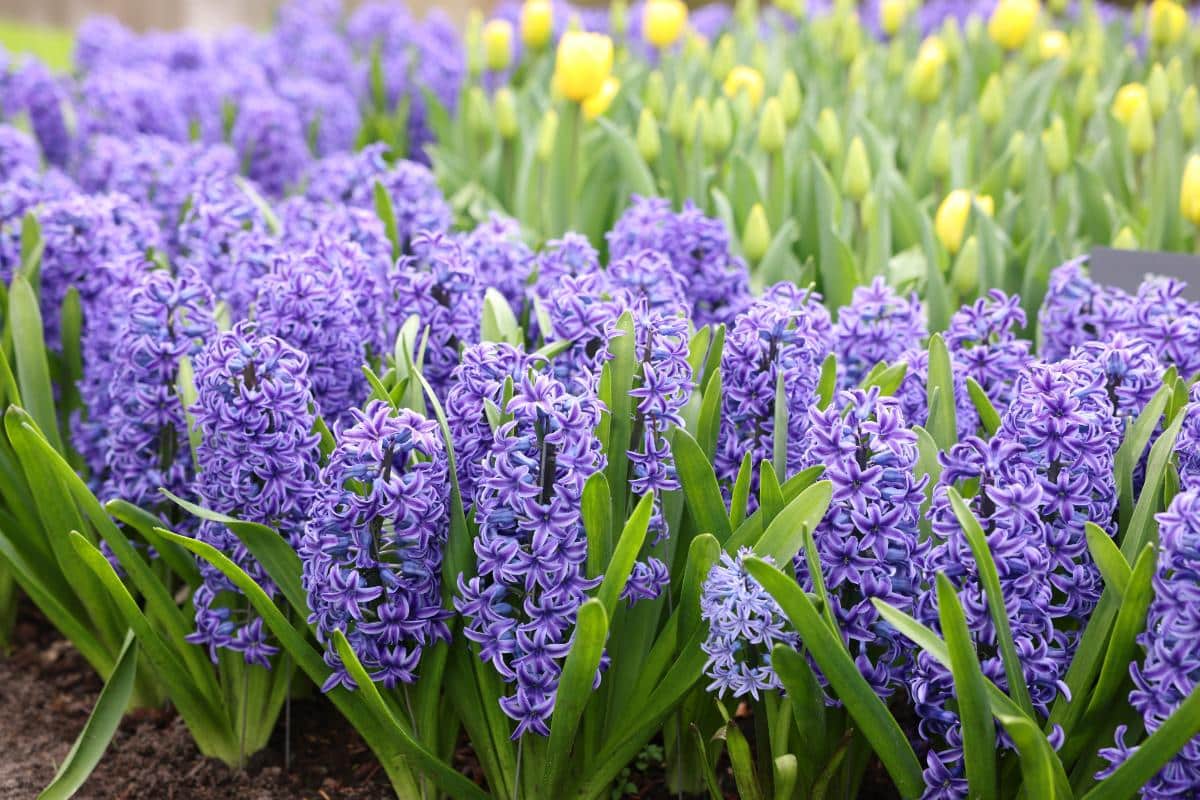
You can also create a protective border or hide rodent favorites by companion planting them with other wiverwintering, fall-planted bulbs that those rodents don’t like. The bulbs they don’t like are those on the previously mentioned rodent-resistant list.
Here, there are a couple of ways to manage your plantings.
- One option is to intermix the bulbs. Rodents may be turned away when they find many unpalatable bulbs and may never know your tasty bulbs are there. Or, they may decide it’s too much work to sort through them.
- The other option is to surround the flavorful bulbs with thick borders of rodent-resistant types. They’ll try what’s on the outside, find nothing worth eating there, and go look for food somewhere else.
3. Put Grit or Sharp Shells In Planting Holes

Materials that are sharp and uncomfortable to rodents will steer them clear of your bulbs in the ground.
Some things you can use are sharp gravel, stone, or grit. Egg shells, which feel sharp and uncomfortable to varmints, can be used, too.
Most of these are materials that feel sharp to small animals, but not to us, so they can safely be used without cutting you up, too. A good pair of gardening gloves will not be unwelcome, though.
4. Surround Individual Bulbs with Chicken Wire
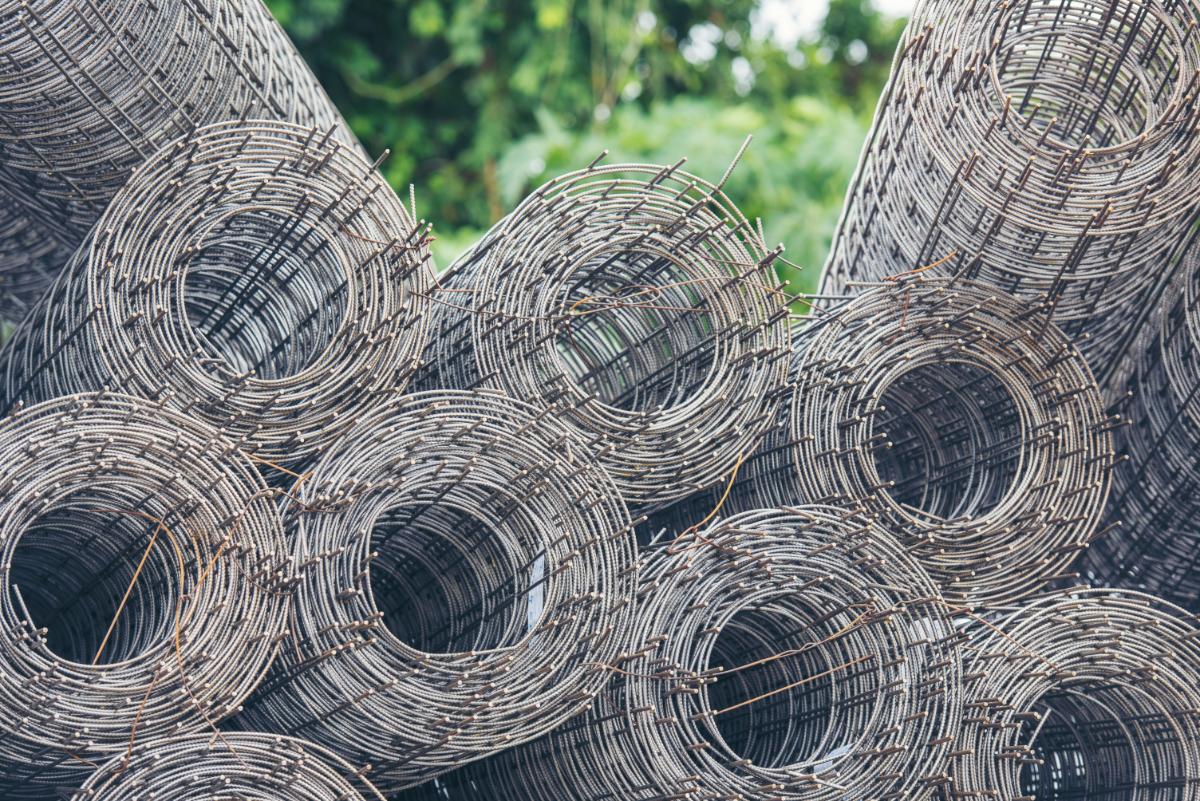
Chicken wire has many uses in the garden. Bulb protection is one of them.
This method works by loosely encasing the bulbs in a ball of wire. The rodents will find it too difficult (or impossible) to get through. They won’t be able to chew through it, either.
Chicken wire has large enough openings for the flower stems and leaves to work through. So, the animals can’t get to the bulb, but the bulbs can force plant parts to the surface and beyond.
Here’s how to make these individual bulb cages:
- Cut a round or square of chicken wire. You will need wire cutters to do this.
- The wire cutout should be 3 or 4 times larger than the bulb.
- Loosely wrap the wire around the bulb in a ball shape. Don’t make it too tight.
- Now, plant the wire-covered bulb in the ground just as if you were planting the bulbs. Be sure to work the soil into the cage of wire so there is not too much air space, and there is good bulb-to-soil contact (important for finding water and for stimulation and growth).
5. Lay Barriers Like Chicken Wire Over the Bulb Bed
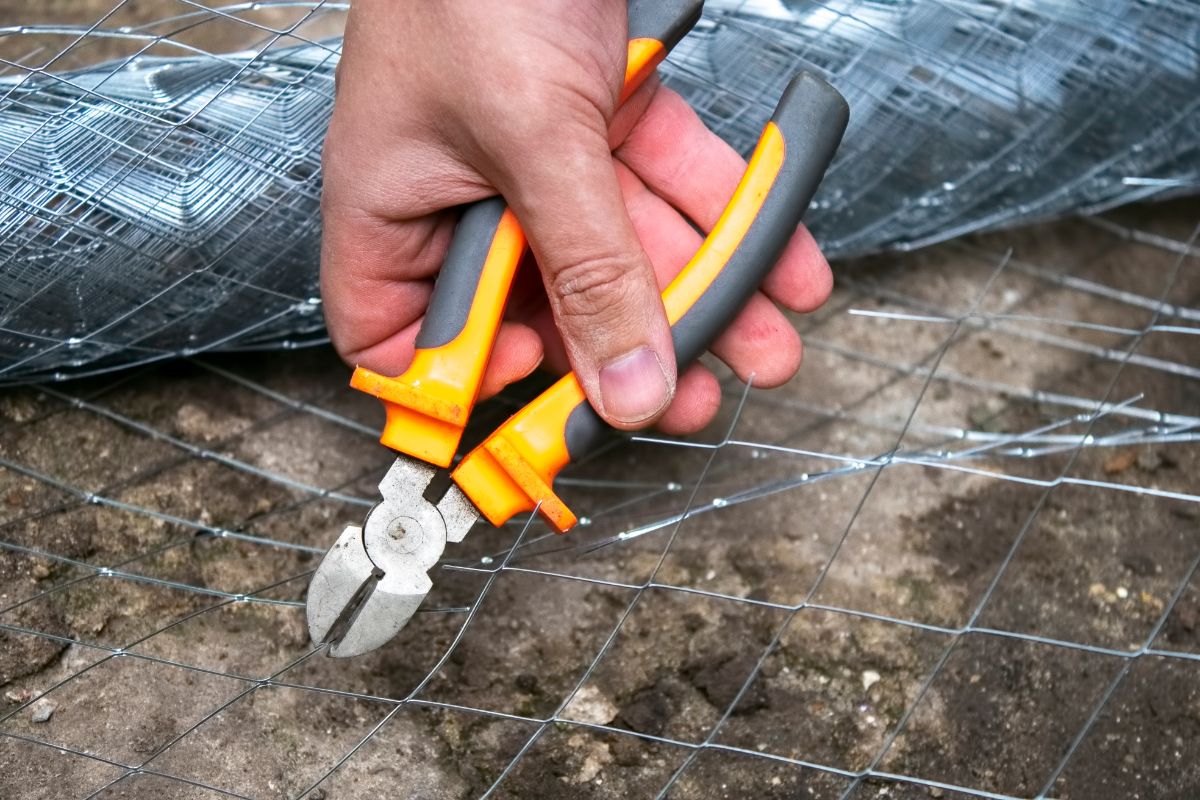
Individual wire balls work, but it is also a lot of work. It may be a reasonable, viable method if you are only planting a small or moderate amount of bulbs, but if you are planting a large area with 100 bulbs or more, that’s a lot.
A better option is to cover the entire surface of the bulb bed with a layer or mesh wire. Chicken wire works well and still lets plant parts come up through it.
Hardware cloth can, too, but keep in mind that there are usually ¼ inch openings in hardware cloth (unless you buy some with larger squares), and for larger leafed plants, that might be an issue. Hardware cloth is also a little less flexible, and you might find it difficult to work with (wear a long-sleeved shirt or gardening sleeves and gloves to prevent cuts, especially when cutting).
There are also different types and styles of metal mesh that are sold just for this purpose, such as copper mesh. Hardware cloth is a good option, too, but a bit less flexible to work with.
Laying hardware cloth over the bed is good protection against the majority of rodents that pull up and eat bulbs. It will give you good protection from chipmunks, mice, squirrels, and gophers. It might or might not be enough to stop voles, depending on their point of entry. Voles can tunnel under bulbs and pull and eat bulbs and roots from there.
If you are willing and able to dig up the space, dig an extra inch below the bulbs’ planting depth and lay a run of wire there. Then, add an inch of soil, plant, and fill in the rest of the soil. Lay another layer of wire over the top.
6. Use Hot Pepper Flakes
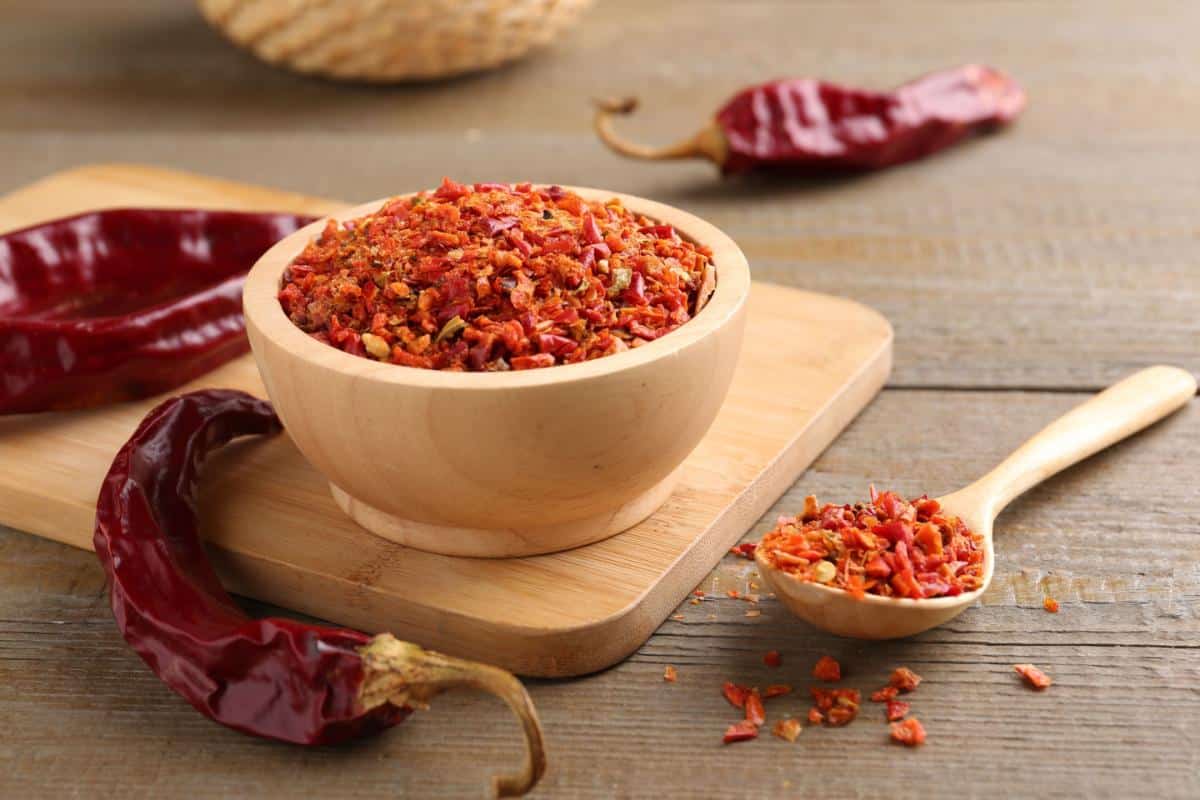
Rodents really do not like hot pepper. They don’t like the smell or the flavor and burning sensation. Use ground hot pepper or flakes to keep animals away from your bulbs.
Some good options include cayenne pepper, chili pepper, or red pepper flakes.
To use hot pepper flakes, sprinkle them in the hole or over the ground above on the surface of the soil, or both. (Incidentally, ants don’t like hot pepper, either.)
Putting pepper flakes in the hole with a wire mesh topper is a good, cheap way to protect the bed from above and below.
- Pepper flakes in the hole help repel underground rodents like voles
- Pepper flakes above the ground turn the squirrels, chipmunks, and gophers away
- Pepper in the hole with a wire barrier (possibly backed up with more pepper flakes over the surface) is a good way to protect the bed all around
7. Plant in Bulb Boxes
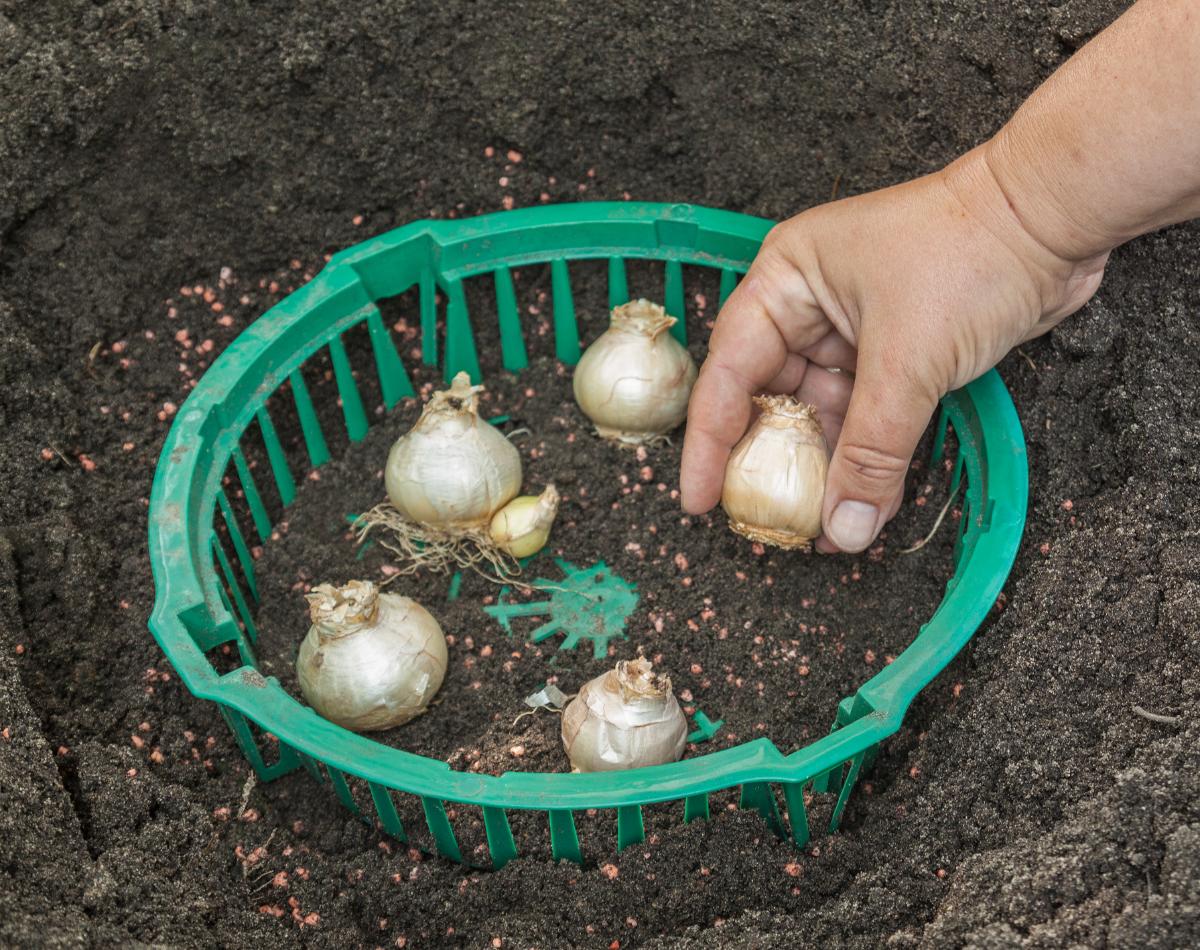
There are actually bulb “boxes” and bulb baskets that are designed exactly for this purpose.
Here’s how these work:
- Fill the basket with loose soil
- Arrange the bulbs in the basket, spaced according to recommendations
- Fill the basket the rest of the way with soil
- Fit the cover
- Plant the entire basket to the depth recommended for the bulbs you are planting
Bulb baskets that have covers are the best choice because they give all-around protection.
You can also make a DIY version of a bulb basket by making a cage or box out of wire.
One advantage of using bulb baskets is that if you need to dig the bulbs up later, it’s easy to do so. You just dig the basket, and all your bulbs are in it. This isn't as useful for fall-planted bulbs because they are hardy enough to overwinter in the ground and perennialize. We don’t typically dig them to bring them in.
However, it is useful when it comes time to divide the bulbs and when you need to find them.
8. Make Mesh Baskets to Protect Roots and Bulbs from the Bottom Up
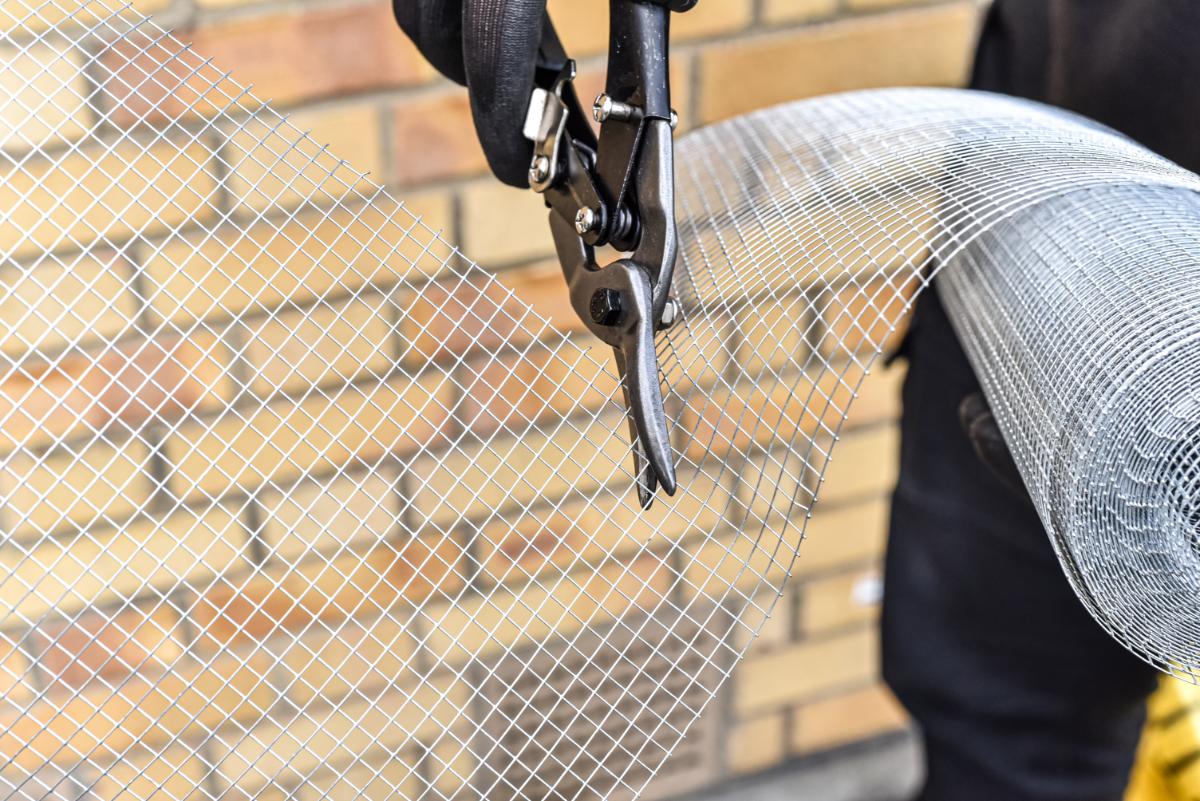
There are several styles of mesh baskets on the market, from the box style just mentioned to some that look like berry boxes. Some people do, in fact, use plastic mesh berry boxes as an upcycled option to plant their bulbs in.
Plastic may still be chewed through, though. A wire is better.
To make plantable wire bulb baskets, just shape chicken wire, hardware cloth, or welded wire into an approximate pot shape.
Fill the pot with soil and bulbs and plant to the correct depth.
9. Use Predator Urine or Repellents
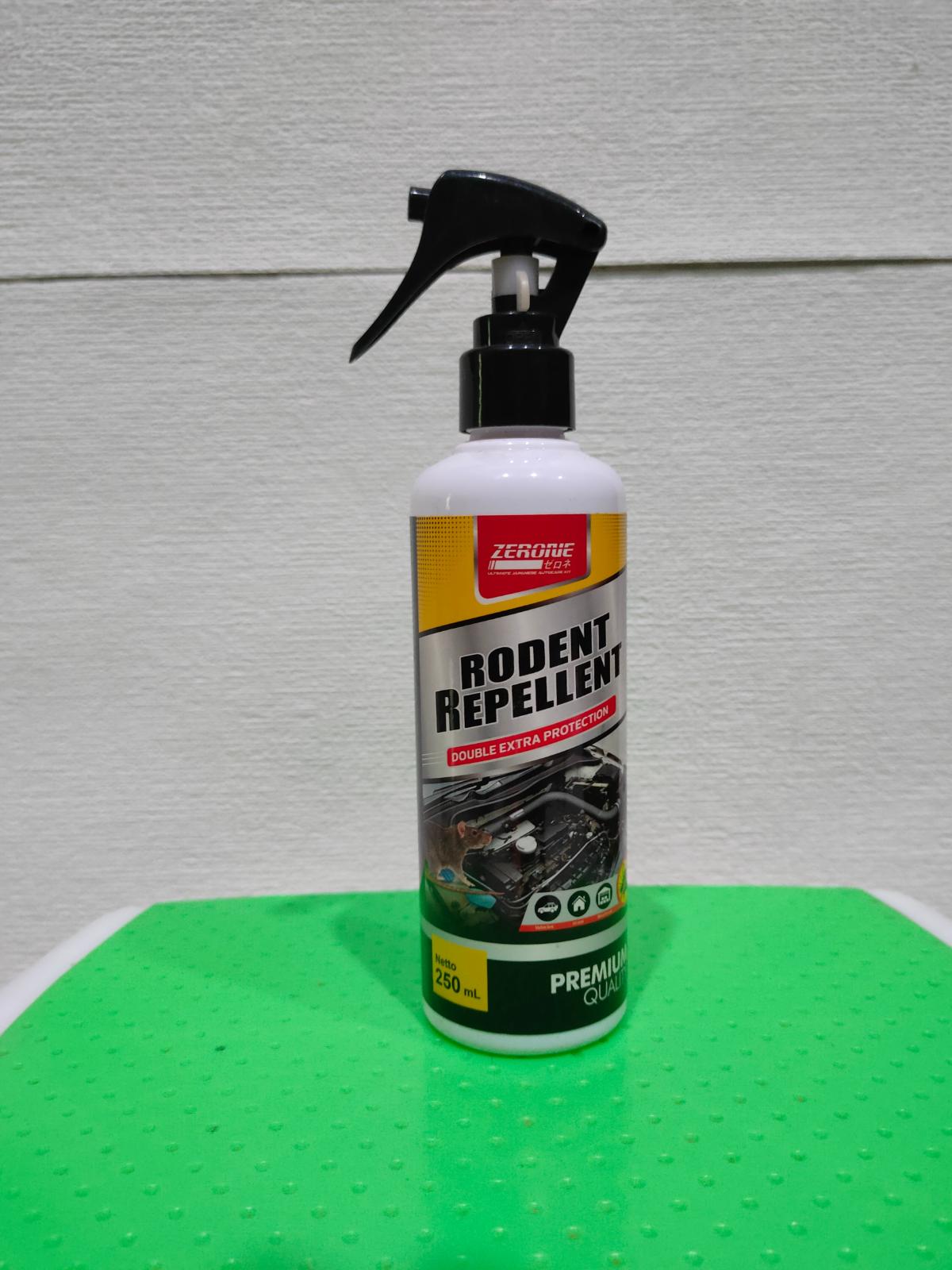
There are repellant sprays and things like predator or fox urine that you can buy.
These work by spreading or spraying them around the area over the top of the soil.
Rodents think there are predators there to eat them, so they just stay away.
Some of these solutions have a less than pleasant odor to them. Another disadvantage is that they have to be reapplied, and that can be difficult to keep up with in the winter.
It would be a better option when you’ve just planted or in combination with another method.
You can make or gather a DIY version of this method. That would include things like
- Dog urine or cat urine (you can even sprinkle your litter box contents around). However, this comes with the issue of having pet waste in your nice flower bed and possibly having to dig through it to work there at a later date.
- Pet and human hair work when spread in the bed on top of the soil
Combined Solutions Make the Best Bulb Protection
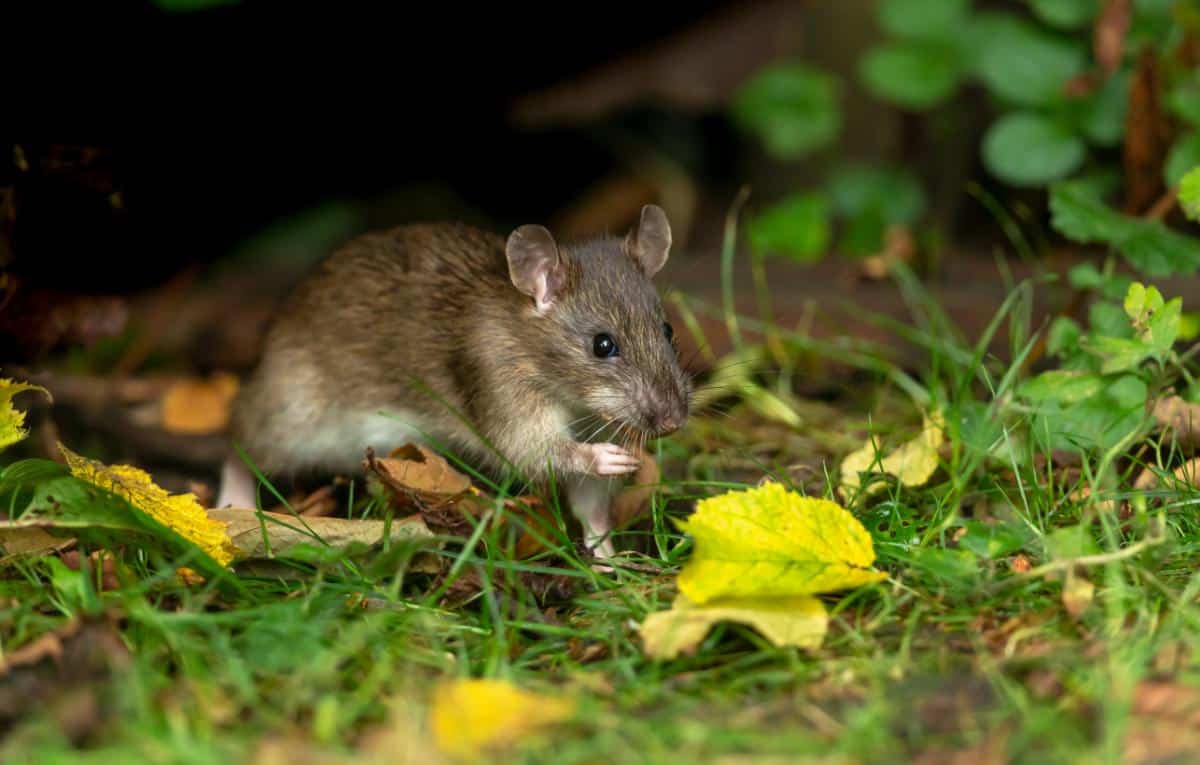
For the most effective solution to rodents digging and eating your plant bulbs, make a double- or multi-pronged attack.
Combine two or more of the solutions above. Use both easy repellants (like pepper) and barriers.
That way, you’re more likely to repel more different types of rodents and the opportunistic pests that come behind them (like when mice use mole holes to tunnel and get to your bulbs).
You’re usually not fighting just one pest. It’s usually at least a couple of offenders. By combining methods, you’ll be able to stop them all. And have a beautiful blooming garden next spring!

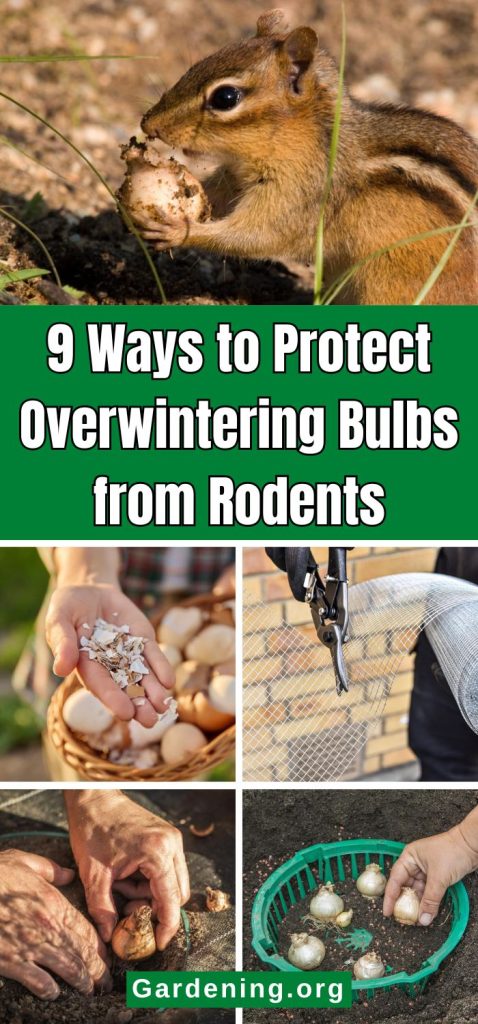
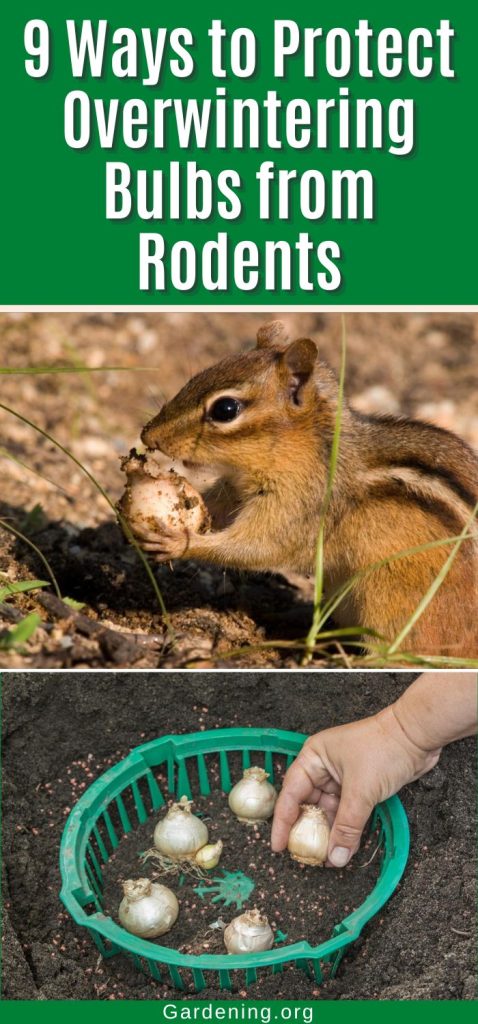
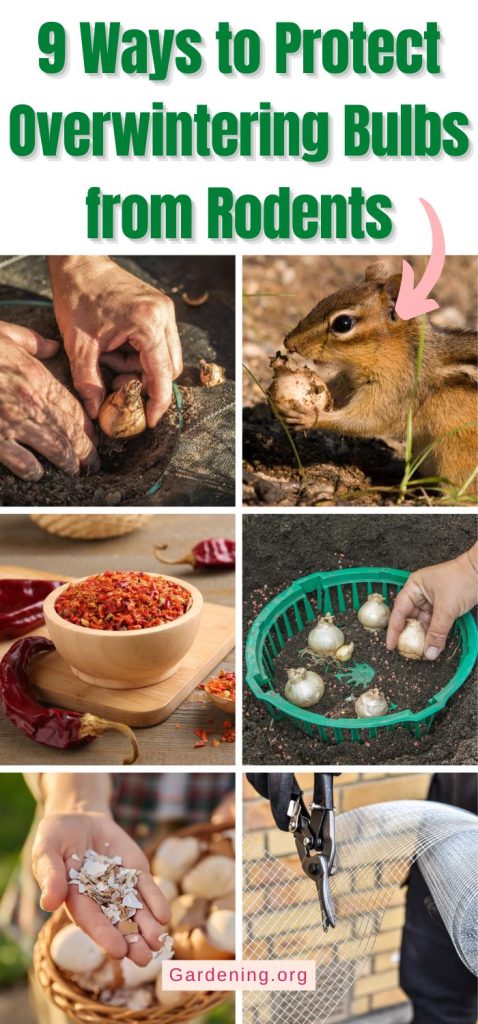
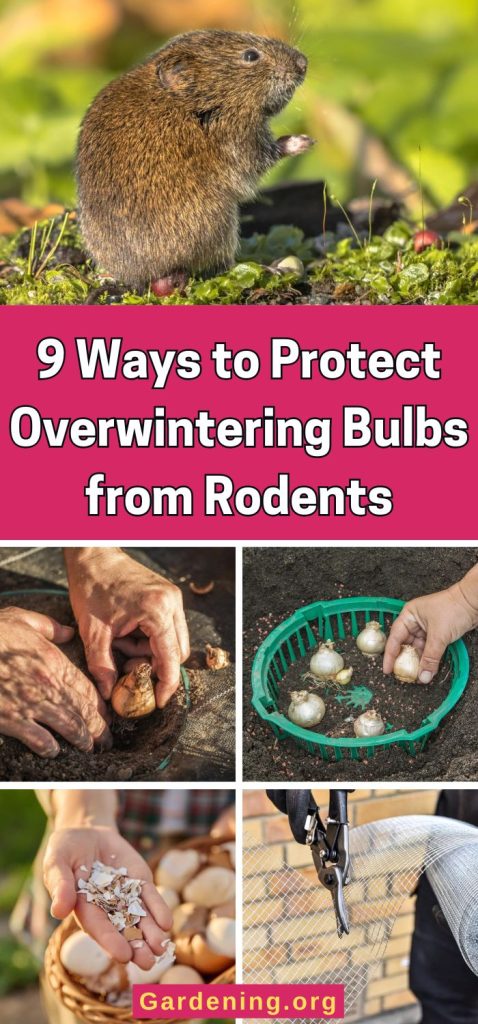

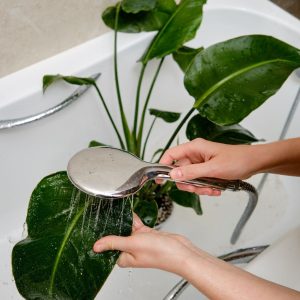

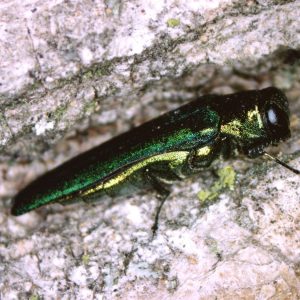
Leave a Reply